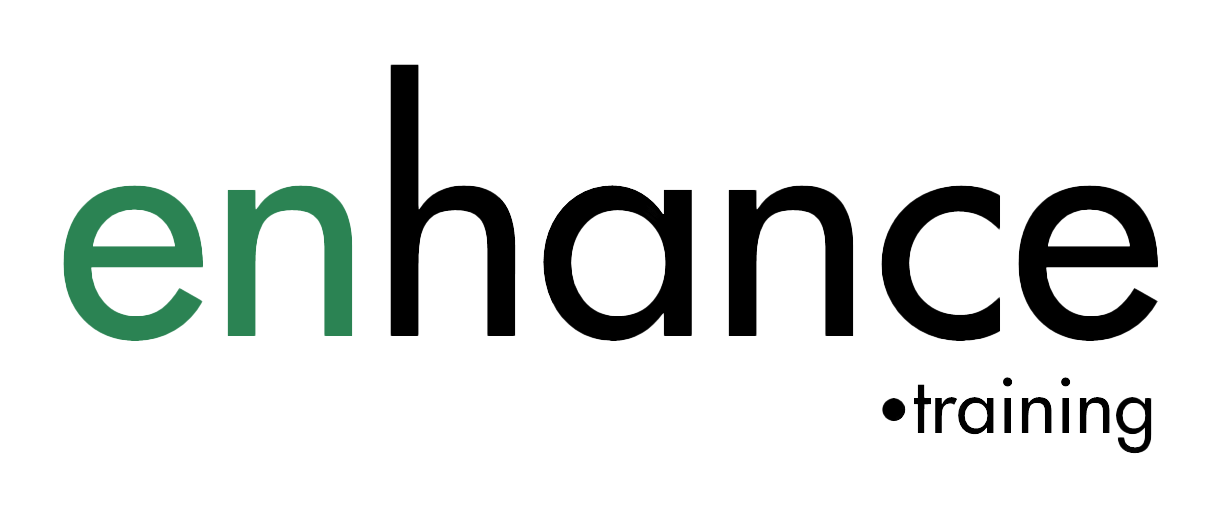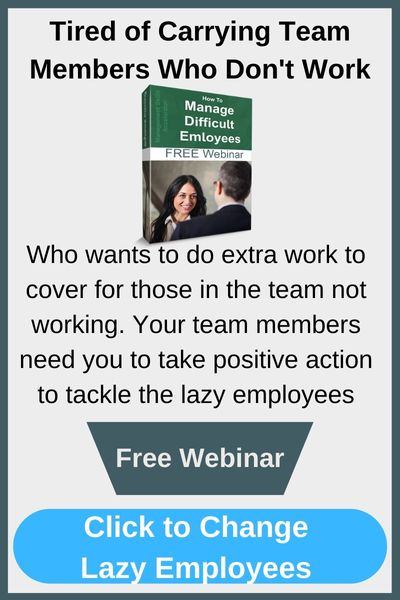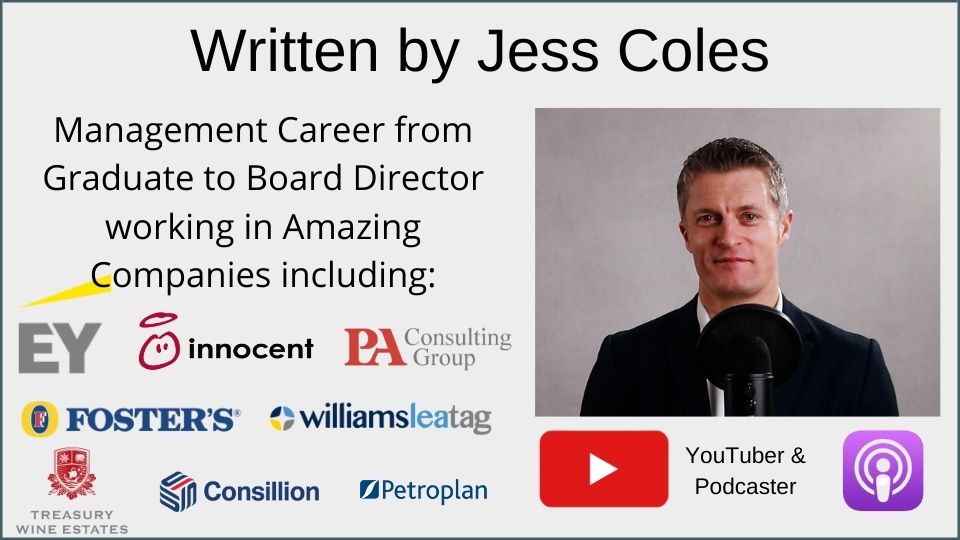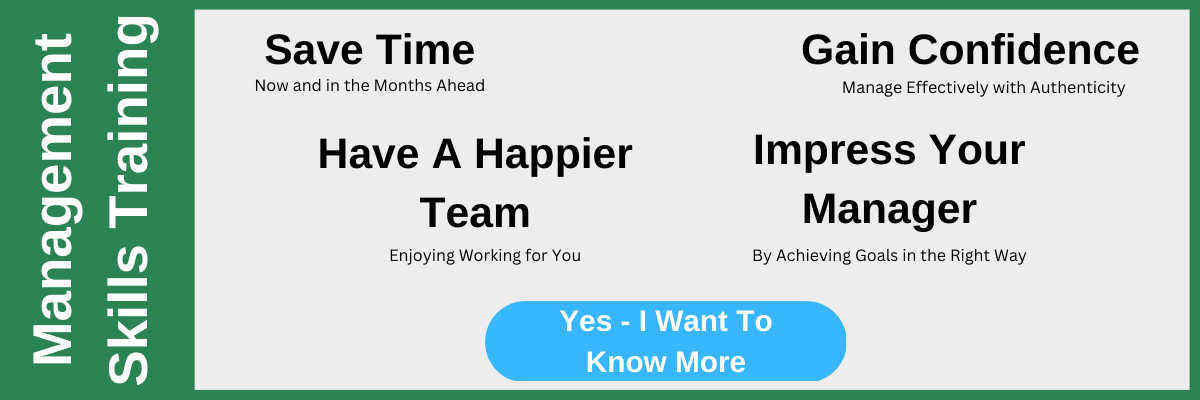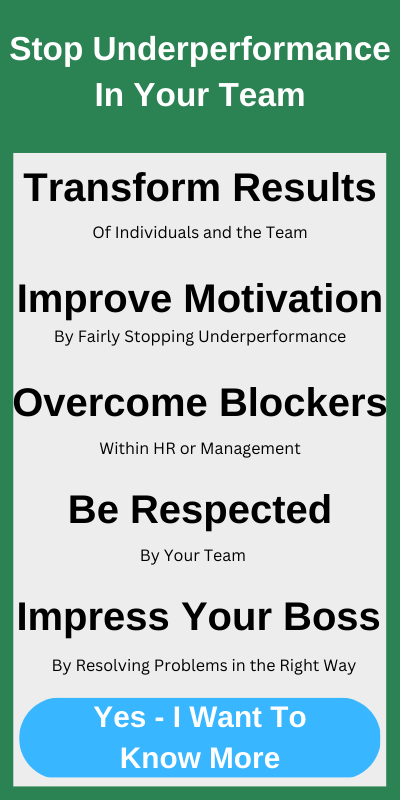What to Put in a Career Development Plan

Creating a career development plan with your team members and then putting it into action creates a very strong message to those team members that you value them, and you want to develop their skills and careers. I have always found that developing employees’ skills and what they can deliver for the business is great for
- Motivation of those employees
- Improving Retention – employees who are growing professionally have less reason to leave
- Improving manager / employee relationships
- Improving the skill level of your team so the team can deliver more, or deliver better, or deliver faster – all of which help the company and you
Having a career development plan is a great tool every manager should use. If your manager doesn’t create a career development plan with you, then you should create one for yourself. Creating a career development plan will help your own career progress significantly faster.
What to Put in a Career Development Plan
- Decide on the goal – the future professional role to target
- Create a Career Map
- Decide on the next two roles
- Research the skills, experience and qualifications needed
- Analyse the Gaps
- Create An Action plan
Watch on YouTube
Listen on Podcast
Decide on your goal – the first action to create a career development plan
Work with your team member to help them decide on their career goal.
A useful starting point can be deciding on the timeframe for that goal. For instance if you have just started your career, your timeframe may be fairly short because you are not sure where you want to end up and you have so many routes open or for example you have professional exams to complete before expanding your horizons.
If you are further on in your career, you are likely to have longer timeframes as you have a clearer direction. I recommend a timeframe of 5 years or more for your career development plan.
If your employee doesn’t really know what they want, a good default is the head of the function in which they sit –for example – marketing, sales, finance.
Just remember everyone is different. Some people don’t want the hassle and effort of pursuing a career into management or senior management. For others, the head of function or beyond – in a particular size and type of company – is exactly where they want to get to.
Be Specific
Get your employee to be as specific as possible. The team member needs to identify a specific role to aim at which we will call the target role. The target role may or may not be in your company and to get to this role, the team member may need to do your current job too.
Try not to be worried or threatened by employees wanting your role. I have always viewed team members wanting my job as a great opportunity to free myself up to allow me to move on to the next level myself. Succession planning is very useful to do for your own career advancement.
Lastly, the career goal in your career development plan is not set in stone. Your goals may change as time goes on. That said, sticking with the goal chosen and focusing your efforts to achieving that goal will progress a person’s career that much QUICKER – than changing the goal periodically.
Create a Career Map -The second action for how to write a career development plan
Once your team member has decided on an end goal – a specific position – that they would like to get to, create a career map showing the different routes available – in terms of specific roles – between where they are now and where they want to get to.
Within the career map group the different roles at similar seniority levels so you can see the options available as you progress through each seniority level. The career map may have few levels between the current role and target role say a Marketing Manager to Head of Marketing or there could be many levels – say with a Marketing Trainee to Marketing Director.
Get your team member to think about which of the routes available to them would appeal to them the most. Help them to work out the most suitable routes based on what you know of their current strengths, abilities, and interests.
If the team member is unsure on their preferred route, get them to do some high level research on each of the roles to see what skills, experience and qualifications are needed. In action four we go through how to do this.
The third action in how to build an effective career plan is to decide on the next two roles
Ask the team member to choose their next role that they would like to work towards. Ideally, this role would be available within the business.
Choose the next role to target as a minimum before undertaking any detailed research.
The average person spends just over 3 years in each role during their career per recruitment statistics. As a result, I recommend getting your team member to choose their next two roles on their career path so they are focused on a career development plan covering the next 5 years.
You might be thinking that if I help my employee work out their career path or what the next step on their career path is – then they are much more likely to leave my team. I have found that the opposite is the case. If they want to leave, they will leave. Taking action to help them get to their next step delays them leaving the company and it also gives you knowledge of what they want and think and the ability to help them meet their career aspirations. These steps all help you retain your staff – not encourage them out the door.
Research the skills, experience and qualifications needed
The easiest part of the research is identifying what qualifications are needed. Does the team member already have the right qualifications, or will they need to study for them? Qualifications tend to be a serious barrier to get many jobs so it important to plan how to overcome this barrier.
Next, help the team member list out all the different skills and experience they will need to build over the next 5 years. It is important to go into some detail and specify the level of skills and experience needed.
For example if the next role was operations manager, just putting “team management experience” would not help much.
Writing something like “Team management of 10+ factory floor staff plus admin staff, including recruitment, performance management, planning & organising and day to day direction” is a lot more specific and helpful.
More Options
Another option is to grade the skills or experience needed from 1-10 with a score of 1 being a low skill level and low important and a score of 10 being a high skill level and high importance.
Different ways for the team member to research what skills and experience are needed for their next roles include:
- Looking at job adverts and listing down common requirements
- Interviewing or speaking to individuals actually doing the role or have done the role
- Job shadowing those doing the role
- Looking at internal job descriptions if available
Help them fill in any gaps they have if you can from your own experience and do share your views and experiences too. These can be extremely valuable for your team member
Analyse The Gaps – The fifth action when creating a career development plan
A career development plan is fundamentally about filling the gaps between where your employee is now in terms of their skills and experience and where they need to get to for their next role or two.
You have a list of skills and experience needed for the next role or two and have graded it. Now repeat the process of listing down and grading the employee’s current skills and experience in the same way as you have done for the future role.
Both of you will then be able to look at the skill level needed for future roles and the skills built so far. This gives you an easy way to identify the gaps and the scale of the gaps to overcome.
When you are both clear about the gaps your team member has in their skills and experience and the scale of the gaps, you can start planning the actions to fill those gaps.
Create an Action Plan – The sixth action for what to put into a career development plan
Your action plan will contain the actions needed to start filling the gaps identified.
Identifying the actions is going to require some careful thinking on your part. You are likely to have several team members, each with different development needs and only so many opportunities available, within the business, to develop them.
I have found it easier to get to this position with several of the team members or all of them, depending on your team size and then work out which task, activity, project, or other opportunity I will give to which employee.
I tend to favour the better performers or those with the best attitudes first, and then work down the list of staff. This usually gives you the most bang for your buck in terms of what you, the team overall and the company gets out of creating and actioning career development plans.
Each action you choose or allocate should be focused on moving the individual out of their comfort zone, to build skills that you have jointly identified and to deepen experience they need. More of the same will not help very much.
Some ideas to consider including in a career development plan:
- Swap tasks or reallocate responsibilities within your team for a period of time – say six months
- Identity problems with processes, accounts, systems etc that you could give to a team member to bpartuild solutions and implement those solutions
- Look around for projects within your responsibilities that you could assign to specific employees
- Ask other departments to see what cross team projects could benefit the business
- Ask team members to train others – teaching is a great way of learning yourself
- Introduce a buddy system or a cross training initiative within your team or across teams
- Build up a reading list of business books or a watch list of videos of relevant subjects
- Organise secondments to other departments or inclusion on specific projects.
- Release your team member for say a morning a week to work with another team. E.g. finance with sales to work on new business tenders
- Book courses for your team members to attend and ask them to teach the rest of the team after taking the course
- Enrol them for a specific qualifications and provide study support in terms of time and money.
There Are Lots of Ways to Support
There are lots of ways of helping to support team members develop their careers that directly helps you, your team and the business become even more successful.
I would also suggest that you don’t hand training and development on a platter to your team members. Create a mix of learning opportunities – some that need the employee to work from their own initiative and motivate themselves and others that are provided as part of their day jobs.
As a final point, make the time to sit down and evaluate progress periodically with the team member. If you and the business is investing in the team member, you want to see them keeping up their side of the bargain – namely reaching the agreed milestone and targets as a result of creating career development opportunities for them.
In summary
So there you have 6 key actions to take for what goes into a career development plan. A quick recap on the actions to take are:
- Decide on the goal – the future professional role to target
- Create a Career Map
- Decide on the next two roles
- Research the skills, experience and qualifications needed
- Analyse the Gaps
- Create An Action plan
For templates and examples of career development plans, take a look at our management skills hub.
Creating career development plans and then doing your part as a manager to deliver your part creates a very strong signal to the team. “I am here to develop and help you”.
If you create career development plans absolutely commit to it. If you think it might be a nice idea or a good gimmick, don’t create them with your team. You will leave yourself worse off with reduced trust and broken promises.
Be very realistic with what you can and can’t achieve.
Make good use of this great tool!
